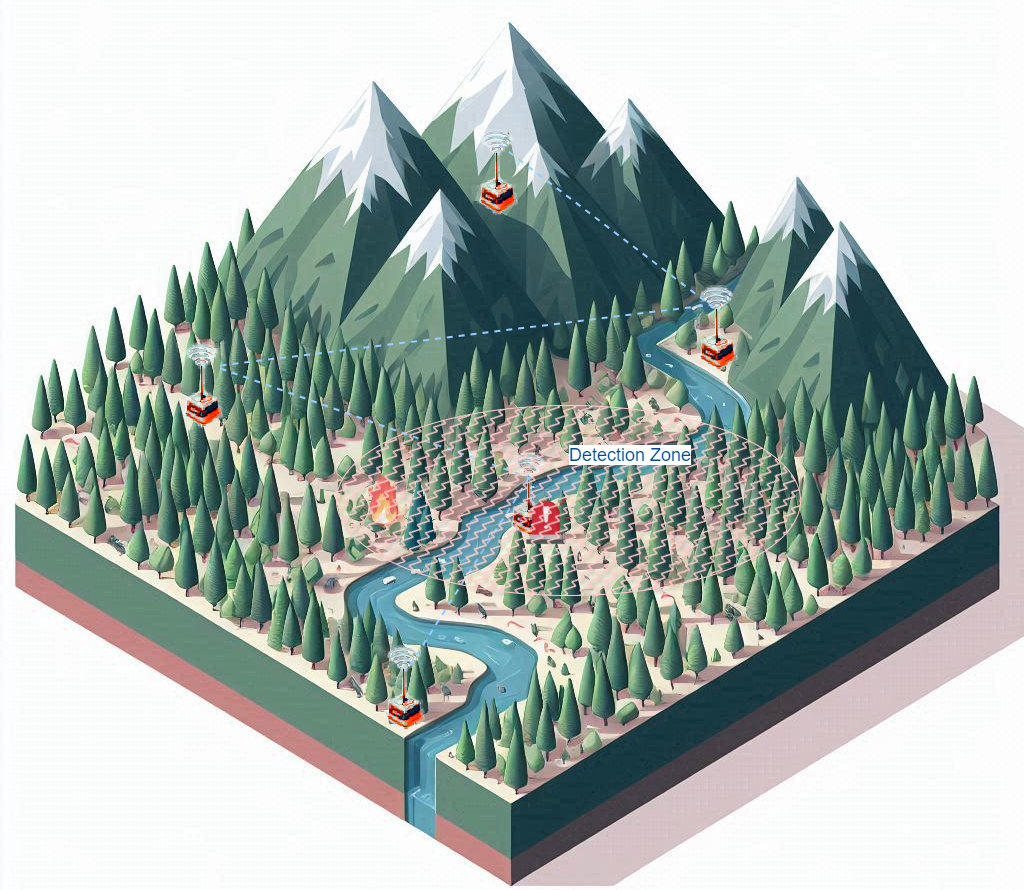AI, when combined with IoT, can "sniff out" fires from a distance

2024, June, 21
Early warning solutions exist to minimize the impact of wildfires to nature and urban-fires in facilities.
 |
Photo: An early-stage wildfire in Vung Tau, Vietnam
 Early warning solutions exist to minimize the impact of wildfires and fires in production facilities
Early warning solutions exist to minimize the impact of wildfires and fires in production facilities
From 2001 to 2022, wildfires destroyed approximately 32.7 Kha of forest cover in Vietnam. This resulted in a loss of the capacity to absorb around 130,000 tons of CO2 annually. Most of these fires occurred in southern regions such as An Giang, Long An, and Soc Trang. The fires typically originate in remote areas far from residential zones, challenging early detection and prediction.
Source: Global Forest Watch

An example of significant damage caused by fires in production facilities
In Bac Ninh province, which is Vietnam's largest industrial hub, a total of 18 fires occurred at production facilities over a span of just five years, from 2011 to 2015. These fires caused extensive damages amounting to up to VND 447 billion, which is equivalent to USD 19.6 million.
Source: Vietnam News
A simple solution for early fire warnings

A simple, yet efficient fire prevention solution involves the use of accurate sensors. These sensors are combined with IoT technology and AI algorithms to analyze changes in carbon monoxide, hydrogen, and other gases in the air. This analysis can detect the early stages of a wildfire from distances of tens of kilometers. The system then provides real-time alerts about the fire's location. The sensors are powered by lithium batteries, which are charged via solar panels and use wireless connections—LTE-CAT M1 or LoRaWAN—to transmit data through an application. This setup significantly reduces investment costs in power and network cables.
